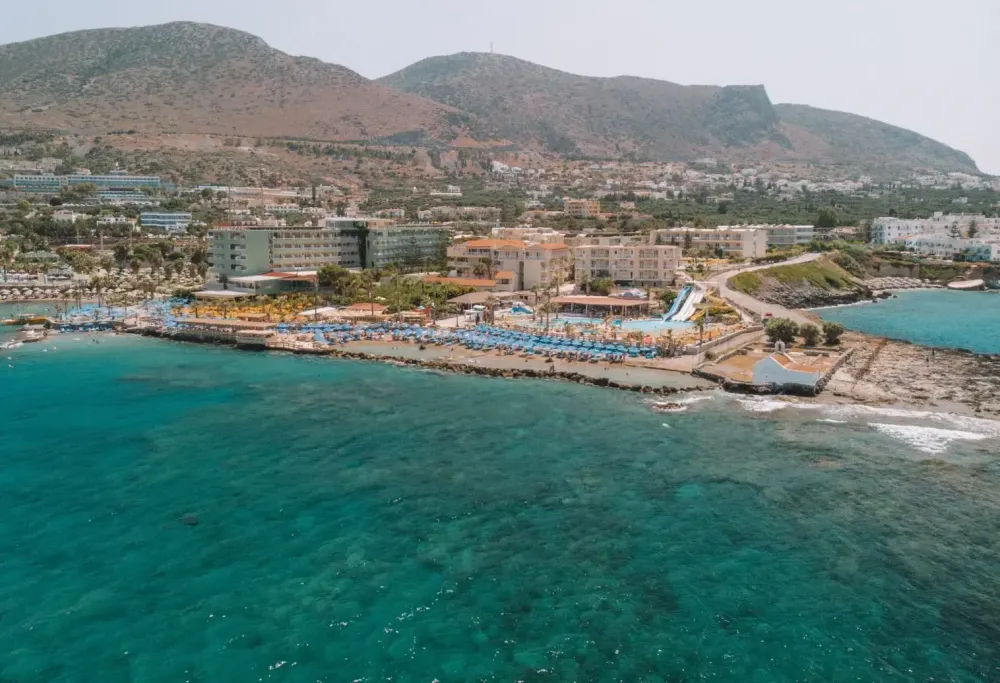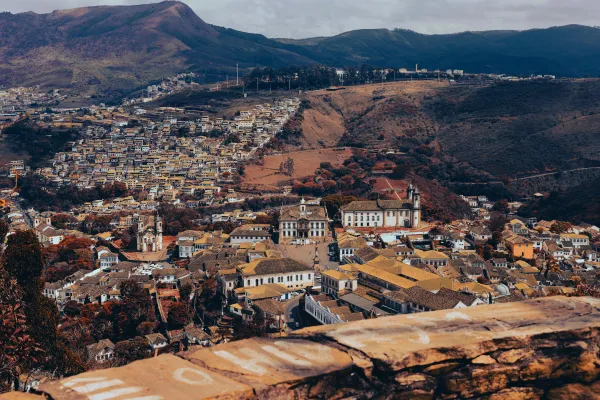10 Best Cities To Stay In Crete And What They’re Perfect For
Crete has always felt like one of those places that greets you with a knowing smile. You land thinking you’re just here for the beaches or the food, and then suddenly you catch yourself slowing down, noticing things—like the way the light hits the mountains at dusk or how strangers will insist you try their homemade raki. Being the biggest island in Greece, it draws millions of travelers every year, but somehow it still leaves room for you to have your own moment with it.
Whether you’re wandering through busy harbor towns or drifting into quiet villages where cats outnumber people, Crete has a way of matching your mood. Every corner of the island feels slightly different, which is probably why people who visit once often return.
1. Heraklion: Best for First-Timers
Heraklion gets judged way too quickly. I used to think it was just the place you pass through on your way to “the real Crete,” but once I actually stayed a bit, I noticed how much personality it has. The streets buzz with students, shop owners yelling greetings, and the occasional accordion tune drifting by.
Knossos Palace is incredibly close—roll out of bed early and you’ll beat the tour groups and feel like you’re walking inside a myth. And the Archaeological Museum? It’s one of those places where you keep whispering “wow” without meaning to. Afterward, wandering the old town with a pastry in hand feels like slipping into everyday Cretan life, right down to locals trying to convince you that their taverna has the best seafood in all of Greece.
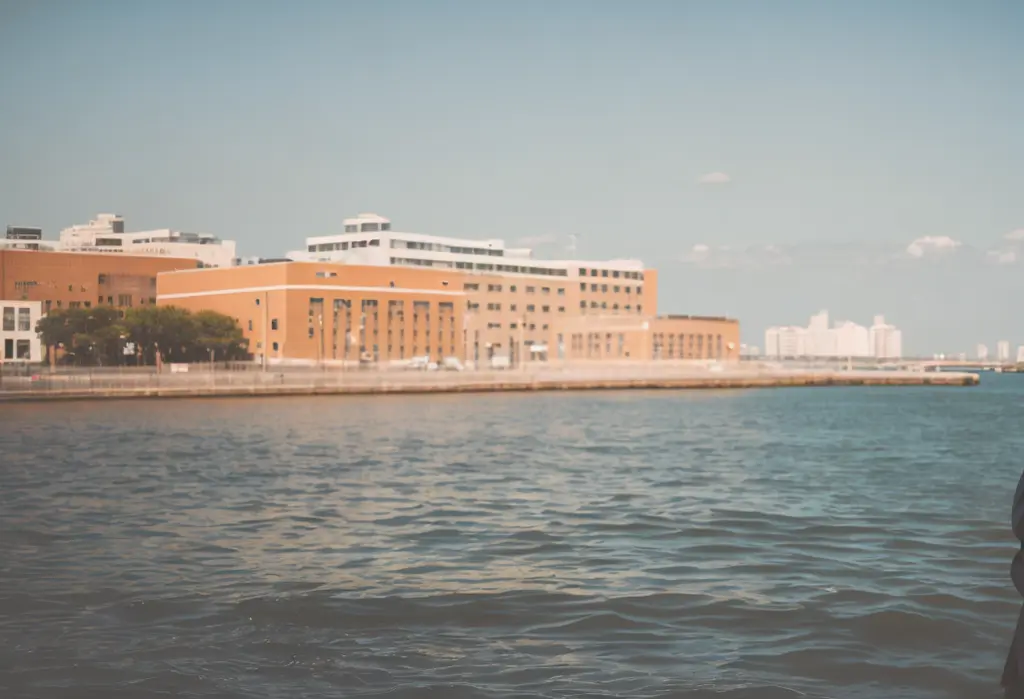
2. Chania: Best for Adventure
Chania is the place I always end up recommending to friends who want “a bit of everything.” There’s something magical about the Venetian Harbor—pastel houses reflecting in the water, tiny alleyways that seem designed to make you get lost in a good way. I’ve had some of my favorite slow mornings here, sipping coffee and quietly watching the lighthouse.
But what always surprises first-timers is how close the big adventures are. Samaria Gorge feels like a test of stamina and awe all at once, and Elafonissi Beach really is as pink and unreal as the photos. Even the simple things—like grabbing olives from the market or stumbling into a small art gallery—have a charm that sticks with you.
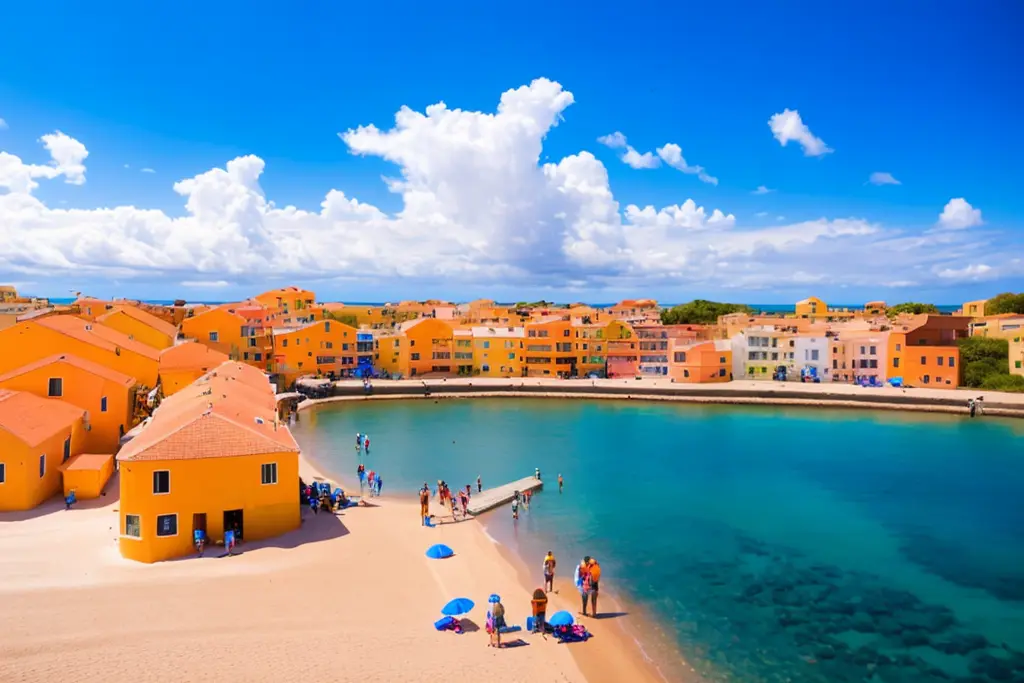
3. Sissi (Malia): Best for a Romantic Getaway
Sissi feels like a soft whisper next to Malia’s loud energy. It’s the place I’d choose for a quiet escape—the kind where you don’t make plans because you don’t really need any. The harbor is tiny and sweet, like something from a watercolor painting, and dinners here tend to stretch out because the vibe is so calm you forget to check the time.
Couples often tell me it’s where they had some of their favorite memories. I get it. Evening wine with the sun melting behind the cliffs, hidden beaches you kind of want to keep a secret… it’s a place that feels like it belongs to you while you’re there.
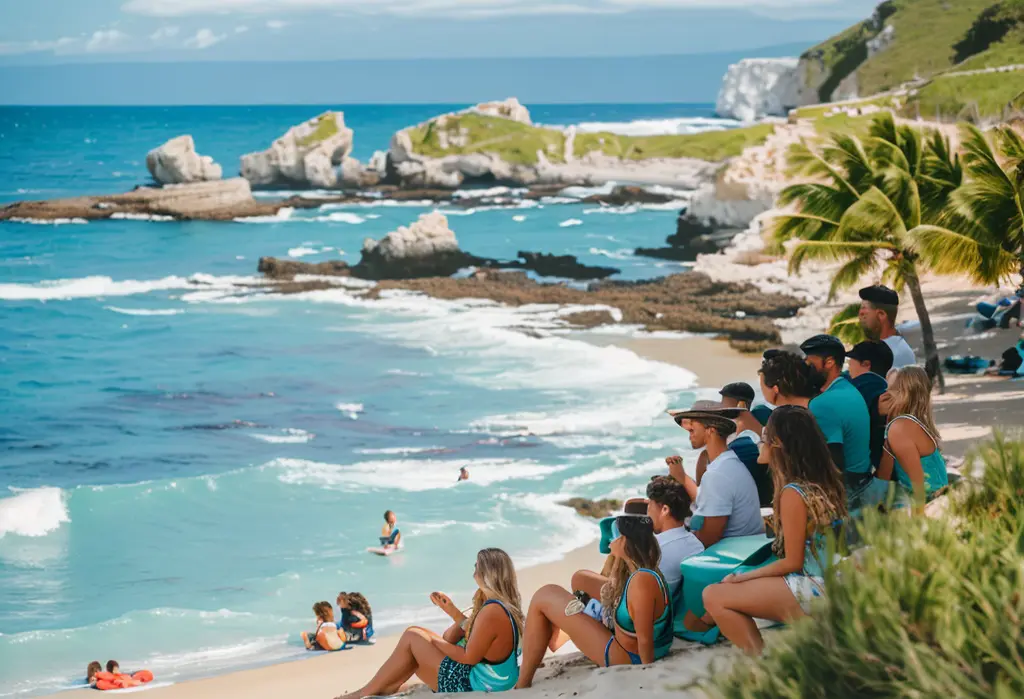
4. Hersonissos: Best for Families
Hersonissos is pure fun. Every kid I’ve traveled with, or heard about from friends, lights up at the mention of it. There’s always something happening—water parks, arcades, aquariums—and the days seem to fill themselves effortlessly.
I appreciate how easy it is for adults too. You can go from a museum to a beach to a family-friendly dinner without overthinking logistics. And even if the town gets lively at night, it never loses that “bring the whole crew” spirit.
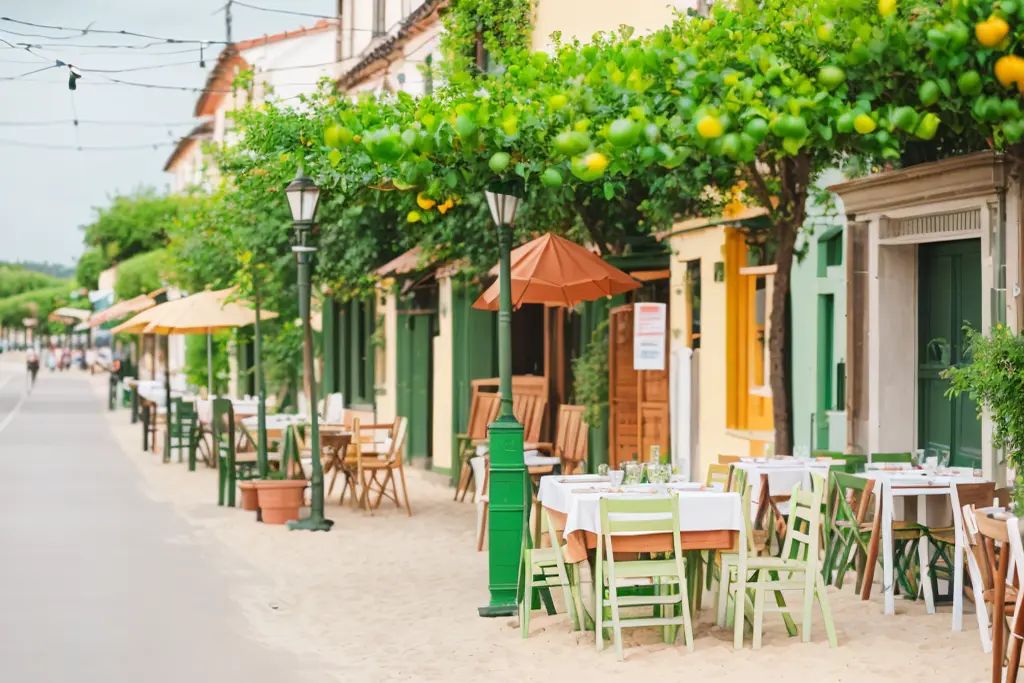
5. Spili (Rethymnon Region): Best for a Day Trip
Spili is one of those unexpected gems. I remember stopping “just to stretch my legs” and staying long enough for two coffees, a snack, and a slow wander that felt more like a warm hug than a sightseeing stop.
The lion fountain is lovely—cold spring water that wakes you right up—and the little shops are full of crafts that actually feel handmade, not mass-produced souvenirs. When you drive a bit farther and hit places like Amari Valley or Preveli Beach, it almost feels like you’ve stumbled into a postcard.
6. Margarites (Rethymnon): Best for Ceramics
If you’ve ever wanted to understand a place through its crafts, Margarites will make you smile. The whole village feels like it’s built around creativity. I once watched an elderly potter calmly shaping clay while telling stories about how his grandfather taught him. You don’t forget moments like that.
The alleys are lined with ceramics that beg to be touched (carefully!), and if you take a workshop, don’t be surprised if your hands end up covered in clay for the rest of the day. It's part of the fun.
7. Loutro (Chania): Best for Nature Lovers
Loutro is the kind of place you think only exists in novels. When you realize there are no cars—just the sound of water, footsteps, and maybe a distant boat engine—you immediately relax in a way you didn’t know you needed.
I still remember the first time I approached it by boat. The contrast of white houses against the deep-blue bay is something I still picture whenever I need a mental vacation. Hiking, snorkeling, or just eating by the water… everything feels more peaceful here. It’s one of those rare “unplug and breathe” places.
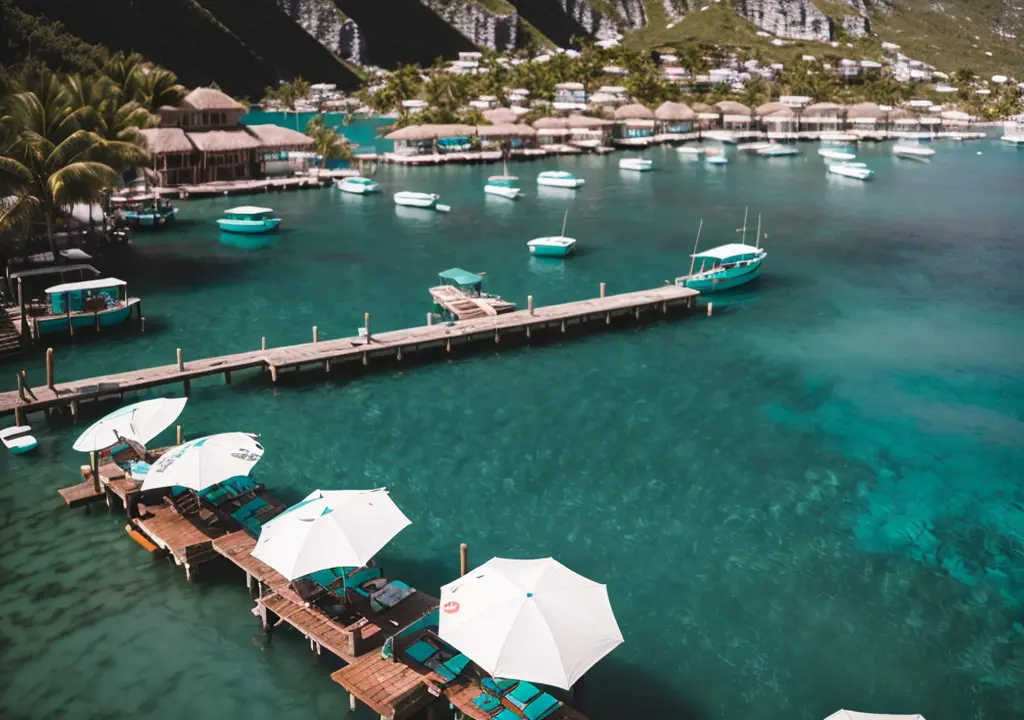
8. Rethymnon: Best for Nightlife
Rethymnon is great when you want a little bit of everything in one place. The architecture alone could keep you occupied for days—Venetian here, Ottoman there, and the kind of narrow streets that make you feel like you're stepping back in time.
But come nightfall, the city comes alive in the best way. I’ve ended up in tiny raki bars swapping stories with students and in beach clubs that go until late but still feel friendly. And when you need fresh air the next morning, the countryside nearby is perfect for a reset.
9. Matala (Heraklion): Best for Beach Lovers
Matala is a vibe, plain and simple. The first time I saw the caves carved into the cliffs, I finally understood why hippies flocked here in the '60s. There’s something almost dreamy about the whole place.
The beach is wide, sandy, and inviting, and the backdrop feels straight out of a movie. I love how laid-back it all is—swim, sunbathe, eat, repeat. If you go early in the day or toward sunset, the whole beach feels more personal. And if you’re there during the Matala Beach Festival, be ready for music, art, and a pretty joyful crowd.
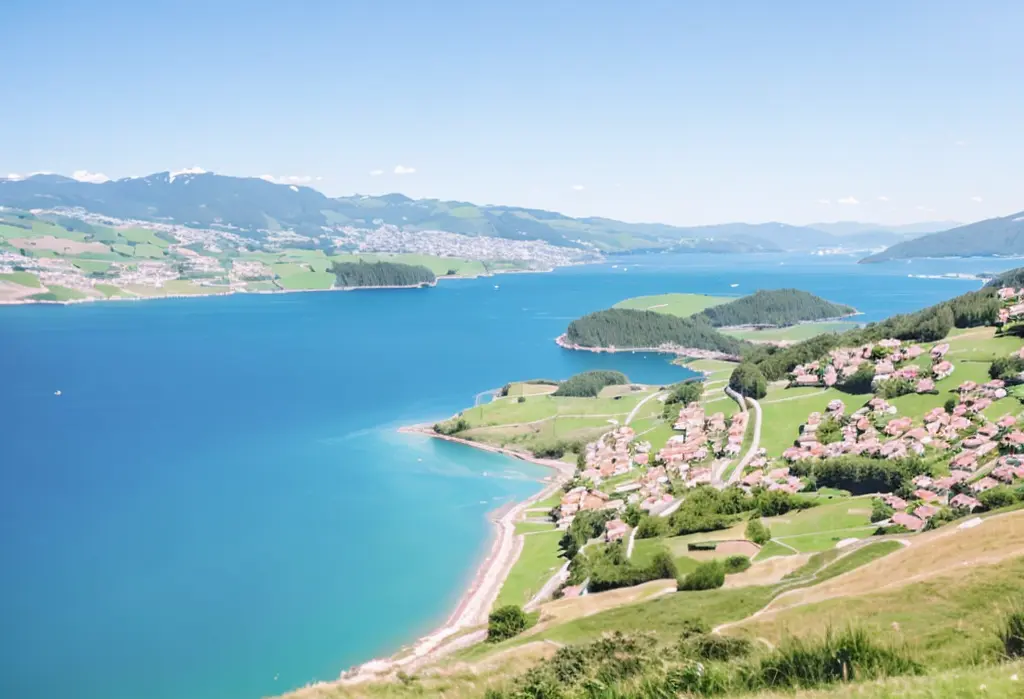
10. Elounda (Agios Nikolaos): Best for a Luxury Vacation
Elounda blends luxury with a kind of effortless Greek charm. I’ve stayed in fancy places before, but what makes Elounda special is how it stays grounded—it’s elegant without trying to impress you every second.
Snorkeling over the sunken city of Olous feels like a secret adventure, and Spinalonga Island adds a touch of history and mystery. Even though the town has its share of high-end resorts, it still feels welcoming, like you can choose your own pace.
Interactive Map
Where to Eat in Crete
| # | Restaurant | Address | Rating / Notes | Signature Dish / Specialty |
|---|---|---|---|---|
| 1 | Tamam | 49 Zampeliou St, Chania 73131, Crete, Greece | Highly recommended by locals | Traditional Cretan mezedes, meat pie, rich flavors |
| 2 | Salis | Aktis Enoseos, Chania 73132, Crete, Greece | Innovative high-end Cretan cuisine | Longfin tuna belly with grape molasses and pickled watermelon rind |
| 3 | Thalassino Ageri | Vivilaki 35, Chania 73133, Crete, Greece | Scenic seaside dining since 1985 | Octopus, sardines, Cretan salad |
| 4 | Peskesi | Kapetan Haralampi 6-8, Heraklion 71202, Crete, Greece | Fine, farm-to-table Cretan cuisine | Smoked pork, stuffed zucchini flowers, vine leaves |
| 5 | Apiri Greek Eatery | Epimenidou 4, Heraklion 71202, Crete, Greece | Modern take on Cretan classics | Daily reinterpretations of local dishes |
| 6 | Perperas | 17 Zampeliou St, Chania 73131, Crete, Greece | Daily-changing specials | Freshly prepared Cretan classics |
| 7 | Neoria Fish Tavern | Neoria Pier, Chania 73132, Crete, Greece | Fresh seafood, seaside views | Grilled sea bass, fried shrimp |
| 8 | Ammos (Hotel Ammos) | 69 Kidonias, Chania 73135, Crete, Greece | Authentic local fare in boutique hotel setting | Goat dishes, grilled meats, home-style Cretan recipes |
Conclusion
Crete has this quiet magic that follows you long after you leave. Maybe it’s the mix of old stories, incredible food, and the sense that every village has its own heartbeat. You can hike, swim, wander, feast, or simply sit by the sea doing absolutely nothing—and it somehow feels meaningful.
If you’re planning your base, platforms like Karta make it easier to find a spot that matches your style. But once you get here, be ready—Crete has a sneaky way of capturing hearts one moment at a time.
FAQ
1. How do you get around Crete without a car?
While renting a car gives you the most flexibility, especially for remote beaches or mountain villages, Crete has a surprisingly good public transportation system. The KTEL bus network connects all major towns like Heraklion, Chania, Rethymnon, and Agios Nikolaos, with frequent departures in high season. Buses are air-conditioned, affordable, and mostly punctual. For places not served by bus, taxis are available, but prices can add up quickly. In cities, walking is the best way to explore old towns and harbors, while ferries provide access to coastal villages like Loutro.
2. Is Crete safe for solo travelers or families?
Yes. Crete is widely regarded as one of the safest destinations in Greece. Crime rates are low, and locals are famously hospitable. Solo travelers, including women, generally feel comfortable walking alone, even at night in populated areas. Families will find kid-friendly attractions, welcoming accommodations, and child-focused amenities throughout the island. That said, standard precautions still apply: keep an eye on valuables, especially in busy markets or beaches, and always check local weather before hiking or driving in the mountains.
3. What are the must-try local dishes in Crete?
Cretan cuisine is rooted in freshness and simplicity, and it's one of the healthiest diets in the world. Don’t miss dakos (barley rusks topped with tomato, cheese, and olive oil), kalitsounia (sweet or savory cheese pastries), or antikristo lamb cooked over an open fire. Seafood lovers should try grilled octopus and fresh sea bream, especially in coastal villages. For dessert, look out for loukoumades (fried honey balls) and spoon sweets made from local fruit. Pair your meal with raki—the potent Cretan spirit offered after most meals, often for free.
4. What is the best way to experience traditional Cretan culture?
Beyond beaches and resorts, Cretan culture thrives in the mountain villages and through local festivals. Consider timing your visit with a panigiri—a village celebration often tied to religious holidays, with music, dancing, and endless food. You can also visit a raki distillery, a family-owned olive press, or a local shepherd’s farm to see traditional life up close. The Lychnostatis Open Air Museum in Hersonissos and small folklore museums in towns like Anogeia or Margarites are fantastic places to learn about Cretan customs, crafts, and storytelling.
5. What’s the tipping culture like in Crete?
Tipping in Crete isn’t mandatory but is genuinely appreciated, especially in the tourism industry. In restaurants, locals typically round up the bill or leave 5–10% if the service is good. For cafes, bars, or quick bites, leaving a euro or two is polite. Taxi drivers don’t expect tips, but rounding up is common. Hotel staff—especially cleaners or porters—appreciate small tokens of thanks, particularly if you're staying several days. The best tip of all? A warm smile and a sincere “Efcharistó!” (Thank you in Greek).


